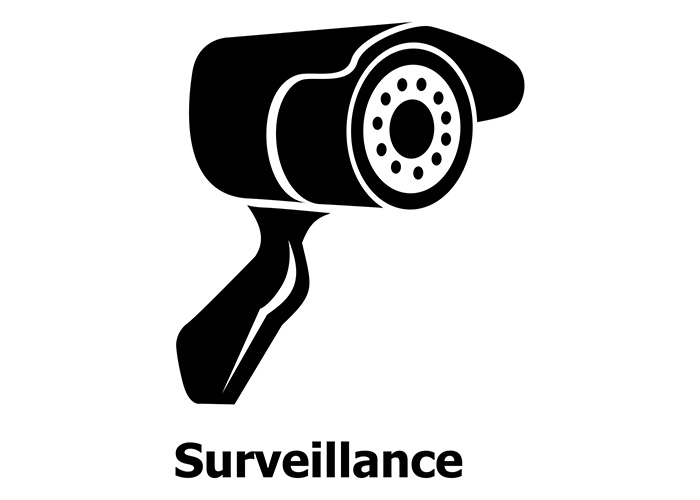Active Surveillance for Prostate Cancer

Active surveillance for prostate cancer refers to a management strategy where men with low-risk prostate cancer are closely monitored with regular check-ups and tests, instead of undergoing immediate treatment. This approach is used when the prostate cancer is not causing any symptoms and is considered slow-growing or unlikely to spread beyond the prostate.
Active surveillance involves regular prostate-specific antigen (PSA) blood tests, digital rectal exams, and biopsies. The frequency of these tests can vary, but they are typically performed every six to 12 months.
The goal of active surveillance is to avoid unnecessary treatment and its potential side effects, such as erectile dysfunction and urinary incontinence, while still ensuring that the cancer is caught early enough for successful treatment. If the cancer shows signs of progression during active surveillance, such as an increase in PSA levels or a change in the biopsy results, treatment may be recommended.
Active surveillance is not appropriate for all men with prostate cancer, and it is important to discuss the risks and benefits of this approach with a healthcare provider. Men who are considering active surveillance should also be willing to commit to regular follow-up appointments and monitoring.
